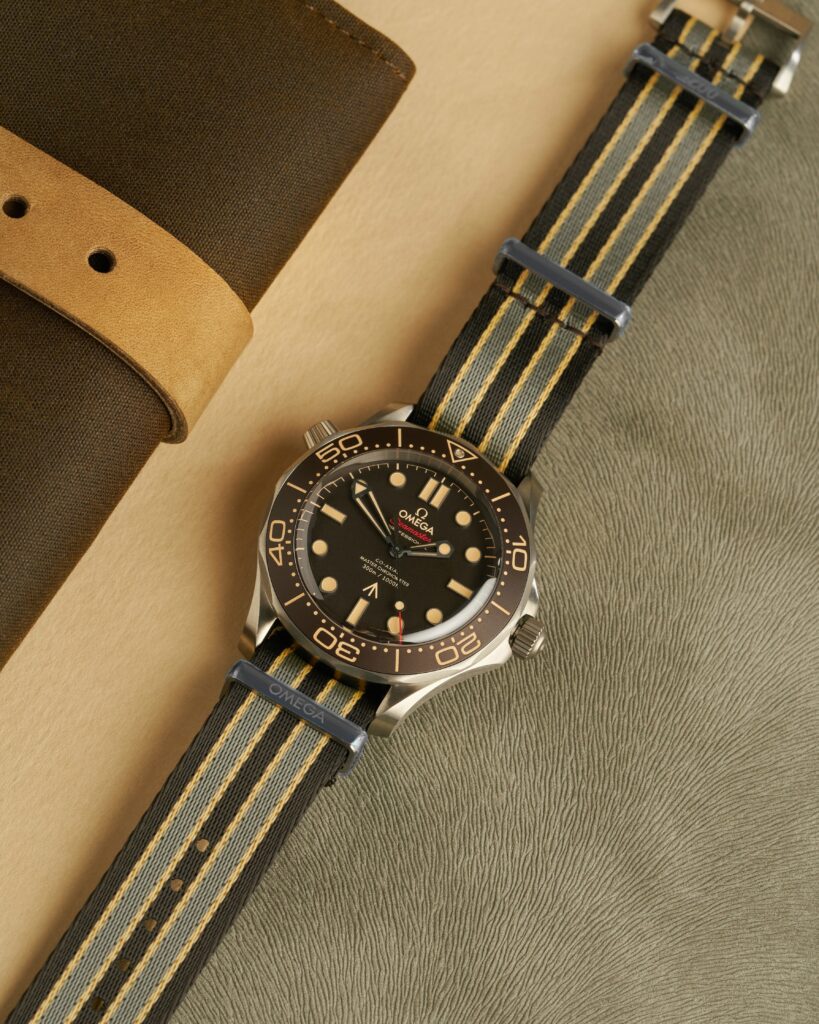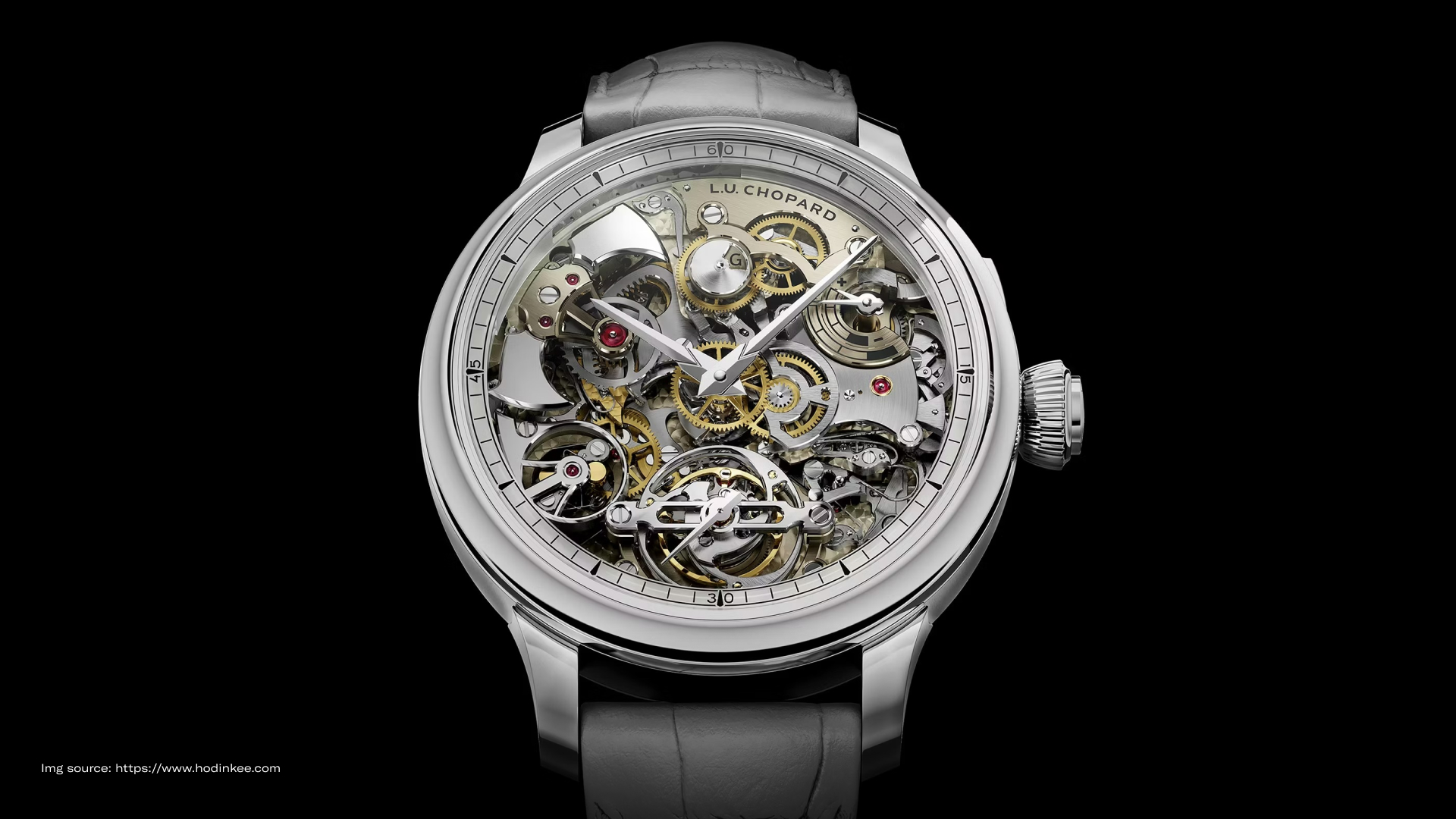Engaging in regular exercise or pursuing extreme activities such as mountaineering? For enthusiasts of an active lifestyle, it is crucial to use a wristwatch equipped with shock resistance features.
In this article, let’s delve deeper into the concept of shock resistance in wristwatches. Join us as we explore this topic together!
Table of Contents
ToggleUnderstanding Shock Resistance Feature
Shock resistance is one of the most important features of a wristwatch. Its significance should always be considered due to its vital function.
Did you know that wristwatches, especially their mechanical components, are quite fragile? A shock resistance system in a wristwatch serves to protect these components.
Let’s take mechanical watches as an example. While quartz watches also require shock resistance features, mechanical watches are more vulnerable to shocks and impacts.
A mechanical wristwatch consists of a balance wheel, balance spring, and balance staff, forming the balance assembly. This system aids in regulating the timekeeping function of a mechanical watch.
Within the balance assembly, there are several joints. A small and fragile shaft, a pivot, reinforces each joint. Consequently, even a minor shock or impact can affect the balance assembly, impacting the watch’s functionality and timekeeping accuracy.
The presence of shock resistance features in wristwatches is standardized by ISO 1413:2016. This standard defines the minimum requirements for a shock-resistant watch and outlines relevant testing methods.
ISO 1413:2016 states that a wristwatch must remain intact when dropped from a height of one meter onto a horizontal wooden surface.
Well, you can rest assured. Modern movements easily meet these requirements; therefore, most watches produced today pass the shock resistance test.
Leading watch brands worldwide conduct shock resistance testing by swinging a weighted pendulum to strike a wristwatch, simulating a fall from a height.
History of Shock Resistance Technology
Manufacturers of wristwatches have grappled with the challenges of shocks and impacts for centuries. Consequently, searching for an ideal solution has been ongoing since the 1700s.
1. Pare-chute
In 1790, a Swiss horologist, Abraham-Louis Breguet, discovered a shock resistance system known as the “pare-chute” and applied it to various watch models he created.
The “pare-chute” has undergone modernization, and its latest version is used in several contemporary watch lines produced by Breguet, including the La Tradition series.
2. Incabloc
The quest for an ideal shock resistance solution continued, with the “pare-chute” serving as one of the references. This led to the development and introduction of the Incabloc system to the world by Fritz Marti and Georges Braunschweig in 1933.
The Incabloc system consists of a single spring that holds a jewel mounted in a cone-shaped cup. If displaced, this system absorbs shocks and restores the gem to its original position.
By 1935, approximately 300,000 units of Incabloc were being used in watches. The Incabloc technology has since been continuously updated and marketed, eventually becoming a key feature in wristwatches.
In the early 1970s, over 36 million units of Incabloc were produced annually. This number grew, reaching over 500 million units by the mid-1970s.
Prominent watch brands worldwide proudly display this feature on their dials, asserting that they possess a robust shock resistance system. Today, Incabloc SA remains the world’s largest independent manufacturer of shock resistance systems.
3. Other Technologies
Several decades after the invention of Incabloc, numerous competitors emerged, offering similar shock resistance systems based on the same principles. Some noteworthy examples in the world of horology include Diashock, Novodiac, and KIF, which emerged in 1944.
Meanwhile, Rolex, one of the world’s largest luxury watch brands, developed its shock resistance system, Paraflex. Rolex claims that Paraflex is 50% more effective than Incabloc.
Examples of Watches with Shock Resistance Features
Richard Mille is a luxury watch brand that consistently prioritizes including shock resistance features in its timepieces. Many may wonder why Richard Mille watches are so expensive.
However, for those familiar with watch technology, especially shock resistance technology, there is no doubt about the value of these watches.
Let’s take one of the watches from Richard Mille’s collaboration line with Rafael Nadal as an example: the RM 27-03. If you often watch prestigious tennis tournaments, you have probably seen Rafael Nadal, one of the top tennis players in the world, wearing the RM 27-03 during matches.
The RM 27-03 (as well as all Richard Mille watches in collaboration with Nadal) is designed to be suitable and safe for use while Rafael Nadal competes.
While other modern sports watches generally perform well and are safe to use during physical activities, these watches are exceptional due to their unique Richard Mille design.
The components within the RM 27-03 movement are held together by solid steel cables and locked within a system using titanium bridges and a Carbon TPT baseplate. Richard Mille claims this robust movement can withstand shocks up to 10,000 G.
During the development process of this watch, Richard Mille subjected it to shock tests using a weighted pendulum, striking the watch with a gravitational force far higher than what would typically occur in the field.
If you want to add one of Richard Mille and Rafael Nadal’s collaborative watches to your collection, we have the black RM 35-01 available on our website.
Discover a complete collection of luxury watches from leading brands worldwide, exclusively at Luxehouze!













